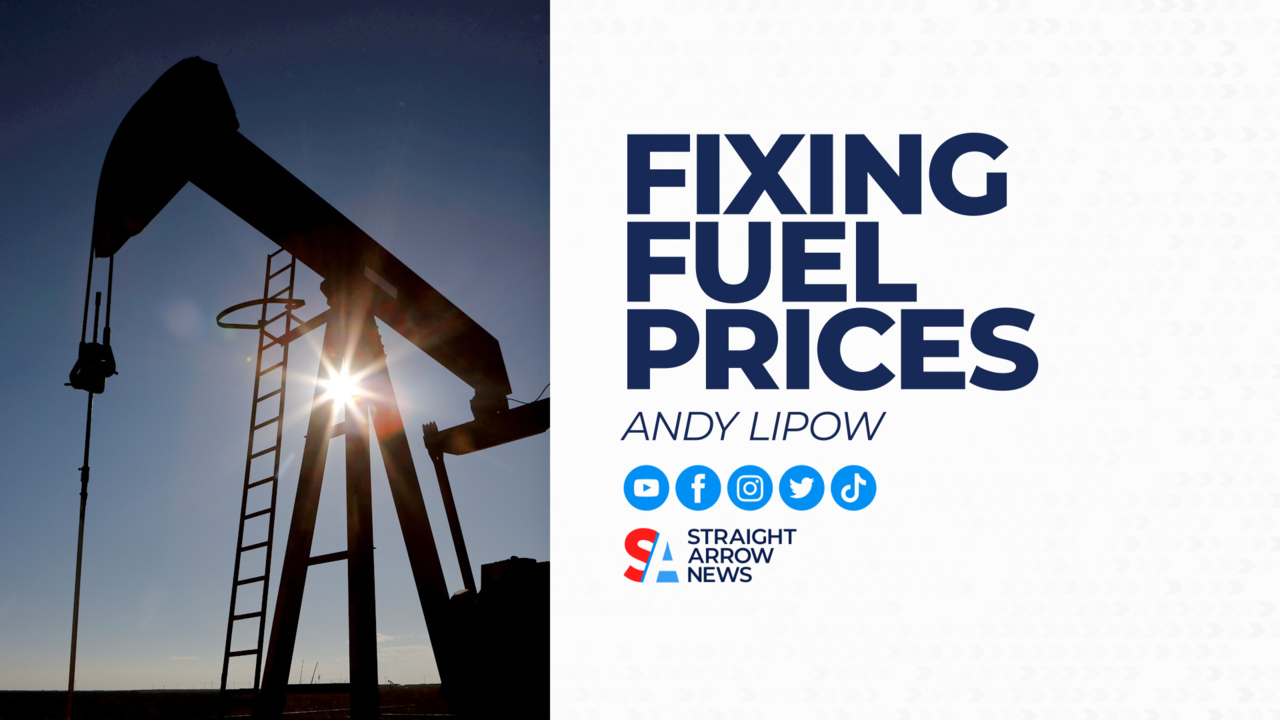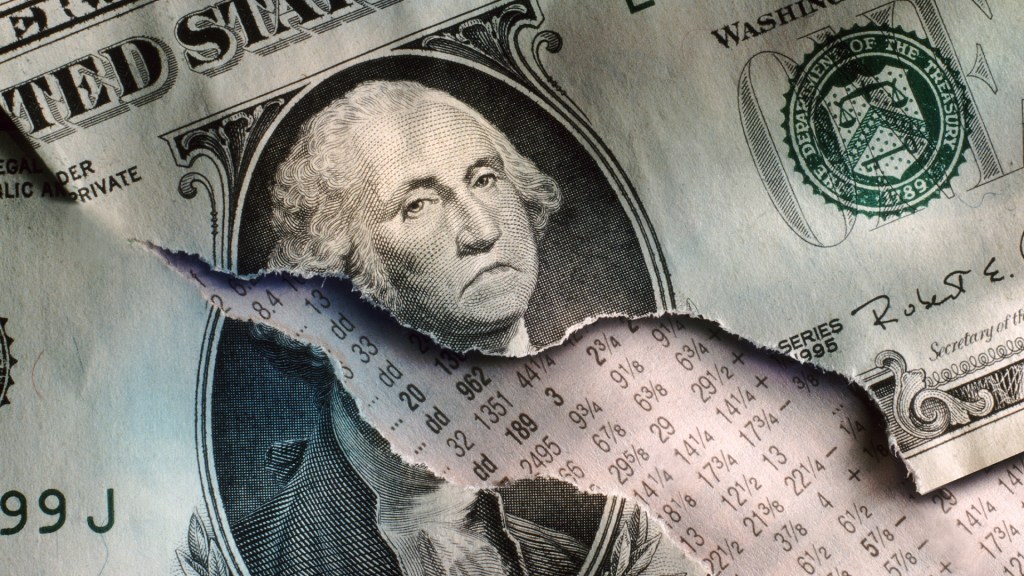
SIMONE DEL ROSARIO: Gas prices have reached record highs this year, oil has traded over 120 a barrel, and the West is pressuring OPEC to pump up their supply. But if the price is right, why aren’t we producing more right here in the US? Sure, we’ve recovered some since shutting off the tap and COVID hit. But the country is still far below pre COVID production levels. Andy Lipow President of Lipow Oil Associates is here to help us understand why. Andy, you think US companies would want to capitalize on the high prices that we’re seeing today? Why do you think they’ve been so slow to drill more?
ANDY LIPOW: Well, first, it’s taken them a long time to see oil prices rise on February 23, the day before Russia invaded the Ukraine, crude oil prices were only at $92 a barrel, and we started seeing the private equity companies start to increase their drilling. And it’s the public companies that have really been lagging, because they’re concerned with their ESG priorities. And the fact that we have an administration that really doesn’t like fossil fuels.
SIMONE DEL ROSARIO: So in particular, the American Petroleum Institute has blamed the Biden administration’s misguided policy agenda shifting away from domestic oil and natural gas. That’s a quote, for less appetite to invest. Do you agree that this has substantially impacted production?
ANDY LIPOW: Well, it has impacted on the planning of the producers because the Biden administration since they got into power in January of 2021, have really been reluctant to assist with a fossil fuel companies. But as prices have risen, we have seen industry respond to those higher prices. The Baker Hughes drilling rig count is now up 60%, compared to this time last year, and in fact, oil production has risen 500,000 barrels a day since mid March to just over 12 million barrels a day to day.
SIMONE DEL ROSARIO: So when if we can pull up this chart and look at where monthly oil production has gone, you can see before the pandemic it was still much higher than it is today. Can you compare for me, the environment for the oil industry pre pandemic when Trump was President, to now?
ANDY LIPOW: Well, pre pandemic have, we actually went back to January of 20, when oil prices were $63 a barrel and we were producing near record amounts of oil. The oil producers were really not making very much money and they weren’t returning the capital to their investors. So while they had become quite efficient and getting oil out of the ground, the fact of the matter is, we saw when the pandemic occurred, and oil prices plummeted a significant number of bankruptcies in the oil patch, then it’s taken them a number of years to recover from those depths of low oil prices.
SIMONE DEL ROSARIO: Well, Biden just opened back up leases on federal land for drilling oil and gas. And the interest in the industry wasn’t great so far. Not only that now we have environmental groups that are suing over these auctions. So no one’s happy. What do you make of this situation right now, where the Biden administration is caving a little bit to its campaign promises, or overturning his campaign promises. But the oil industry saying, well, we don’t like it, it’s not good enough.
ANDY LIPOW: Well, it shows you how difficult it is and what it make progress. If the Biden administration limits the amount of acreage that’s available for drilling permits, then the oil producers have to look around and say, well, where’s the best place to drill on permits that we already have in hand. And it’s not only the permits that are required, the oil industry has to go out and hire drilling rigs, they have to get truck drivers, they have to get drilling pipe, tracking sand and all of those are actually constrained with all the supply chain issues that we’re hearing.
SIMONE DEL ROSARIO: Okay, so supply chain issues are still present today. It’s not just the political climate is what you’re telling me. Right?
ANDY LIPOW: It’s it’s not only the political climate, but like everything else, we hear about a shortage of truck drivers. Well, you need truck drivers to deliver fracking sand and drilling pipe and the other equipment that’s necessary to a drilling site that’s really very, very far from urban areas.
SIMONE DEL ROSARIO: I want to bring this back to how it’s hitting most Americans right now. They’re hitting the road this summer paying over $5 A gallon for gas. Meanwhile, American fuel exports have actually been rising and some experts are saying that that’s been keeping prices high here at home. Do you think that is a factor here?
ANDY LIPOW: Well, I don’t think the fact that we’re exporting crude oil or refined products is impacting on the price. The fact of the matter is, is that the United States is connected to the globe. global oil market, we’re importing crude oil and refined products into the east coast into the West Coast. We import a significant amount of crude oil into the Midwest from Canada. And it’s off the Gulf Coast that we are exporting refined products down to nearly every country in South America and now over to Europe as Europe moves away from Russian oil supplies. So it’s the world oil price that is affecting the consumer.
SIMONE DEL ROSARIO: President Biden’s actually considered banning fuel exports to help drive down prices here. energy executives, of course pushing back on that, do you think that that would help drive down prices domestically?
ANDY LIPOW: Well, I think that would be a very bad idea. Because while in the short term, it might mitigate some of the increases in oil prices, what you’ll actually see is investment will start to come to a halt in the oil patch here in the US. And if you’re a Canadian producer, selling into the US and the market is going down, what you might decide to do is no longer sell into the US but export more of your crude oil, and create crude oil shortages, actually in the Midwest and Rocky Mountains.
SIMONE DEL ROSARIO: Want some final thoughts here? You’re talking about investment. Exxon CEO Darren Woods recently told the Financial Times they always say the cure to high prices is high prices. And that’s exactly what I think we’ll see is what he said. So is there relief coming in the form of more oil investment and production? And how do you think this transition away from fossil fuels is going to play out down the road?
ANDY LIPOW: Well, certainly in the near term, we’re seeing companies like Exxon and shell and Chevron increase their budgets for drilling and both companies are projected significant increases in Permian oil production over the next year. In fact, the EIA is projecting that even in July, Permian oil production will hit an all time record of 5.3 million barrels a day, which is more than Angola, Libya, and Nigeria combined. So we do see that oil companies are responding but in the back of their mind, they are concerned that we have an administration that really wants to phase out fossil fuels. So how much investment Do you really want to make over the next five or 10 years is the big question in their mind.










